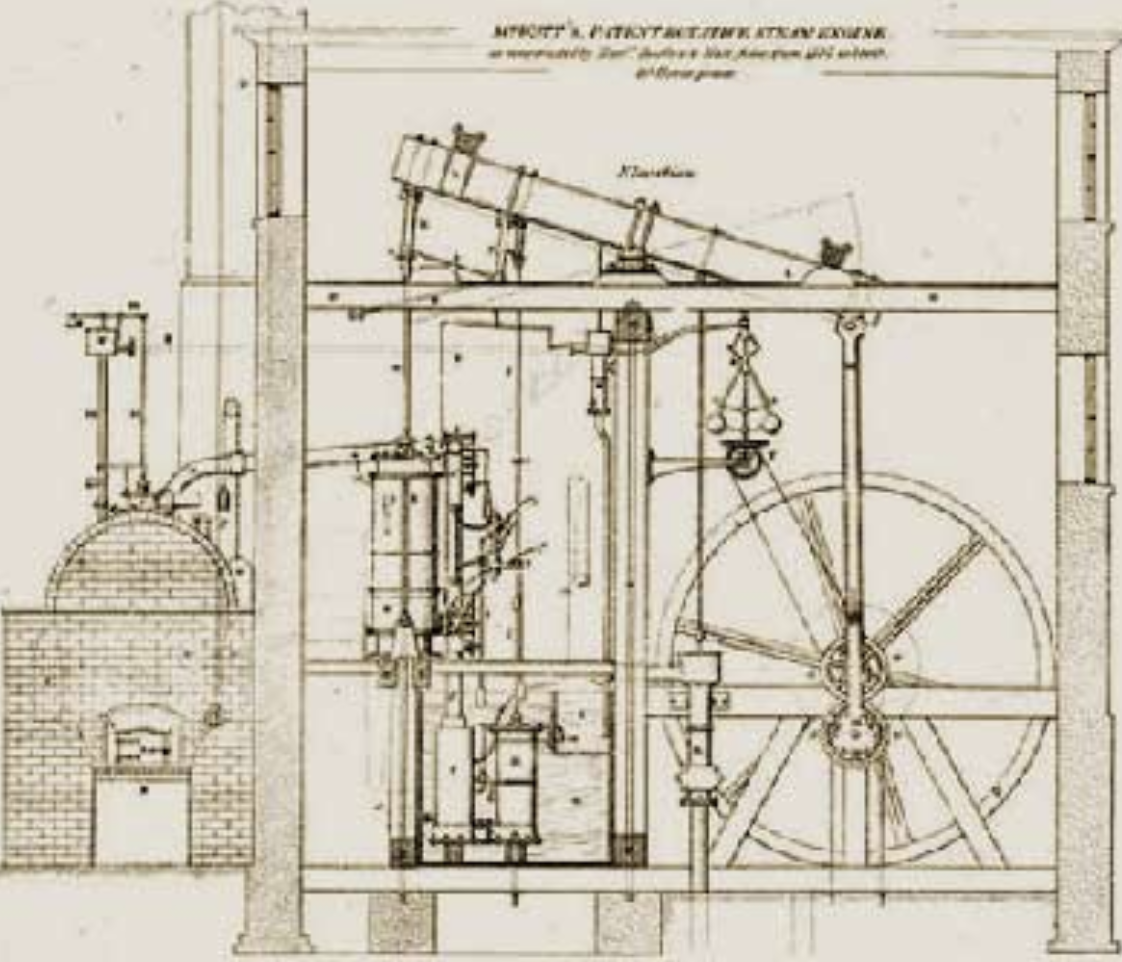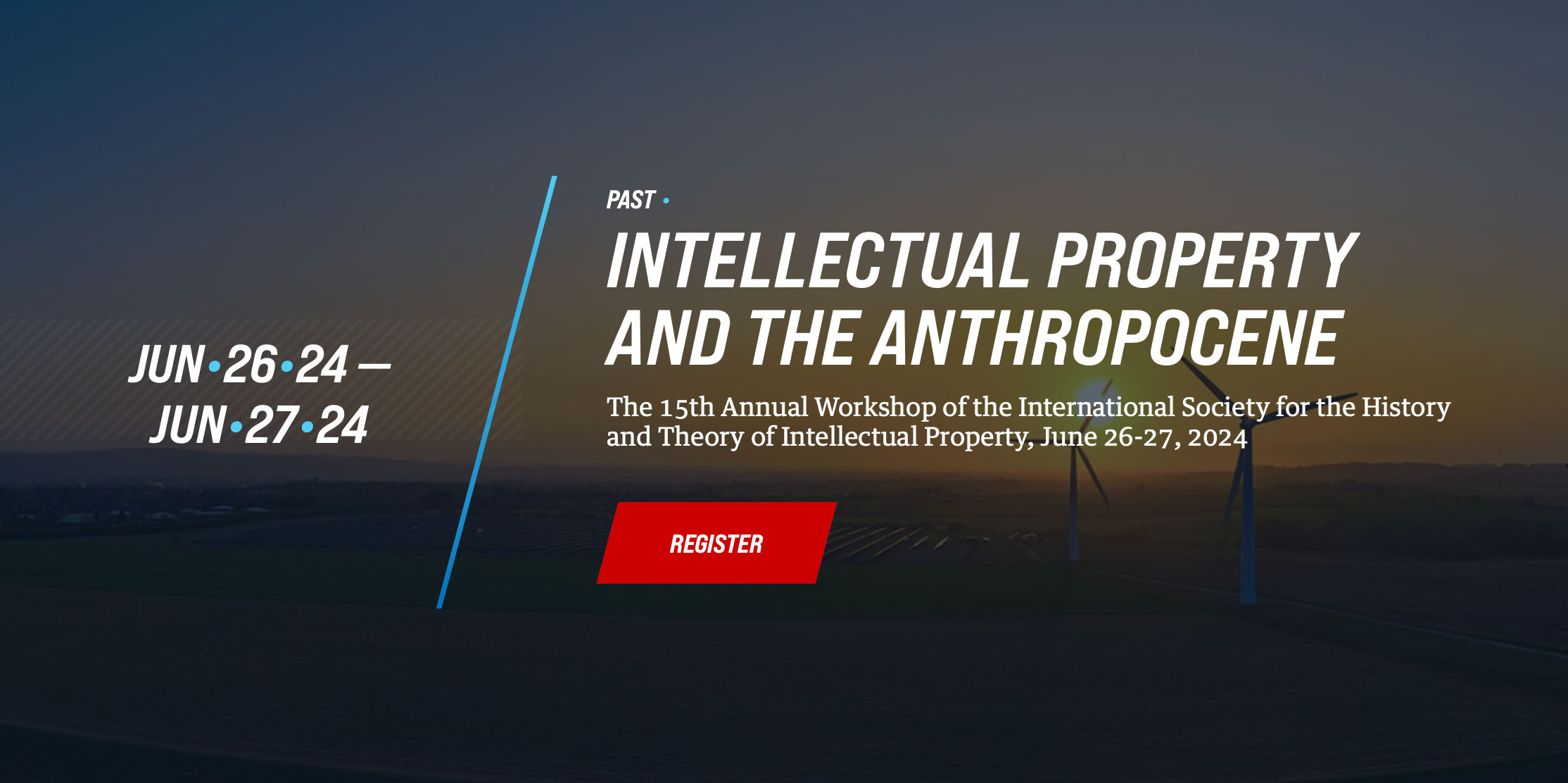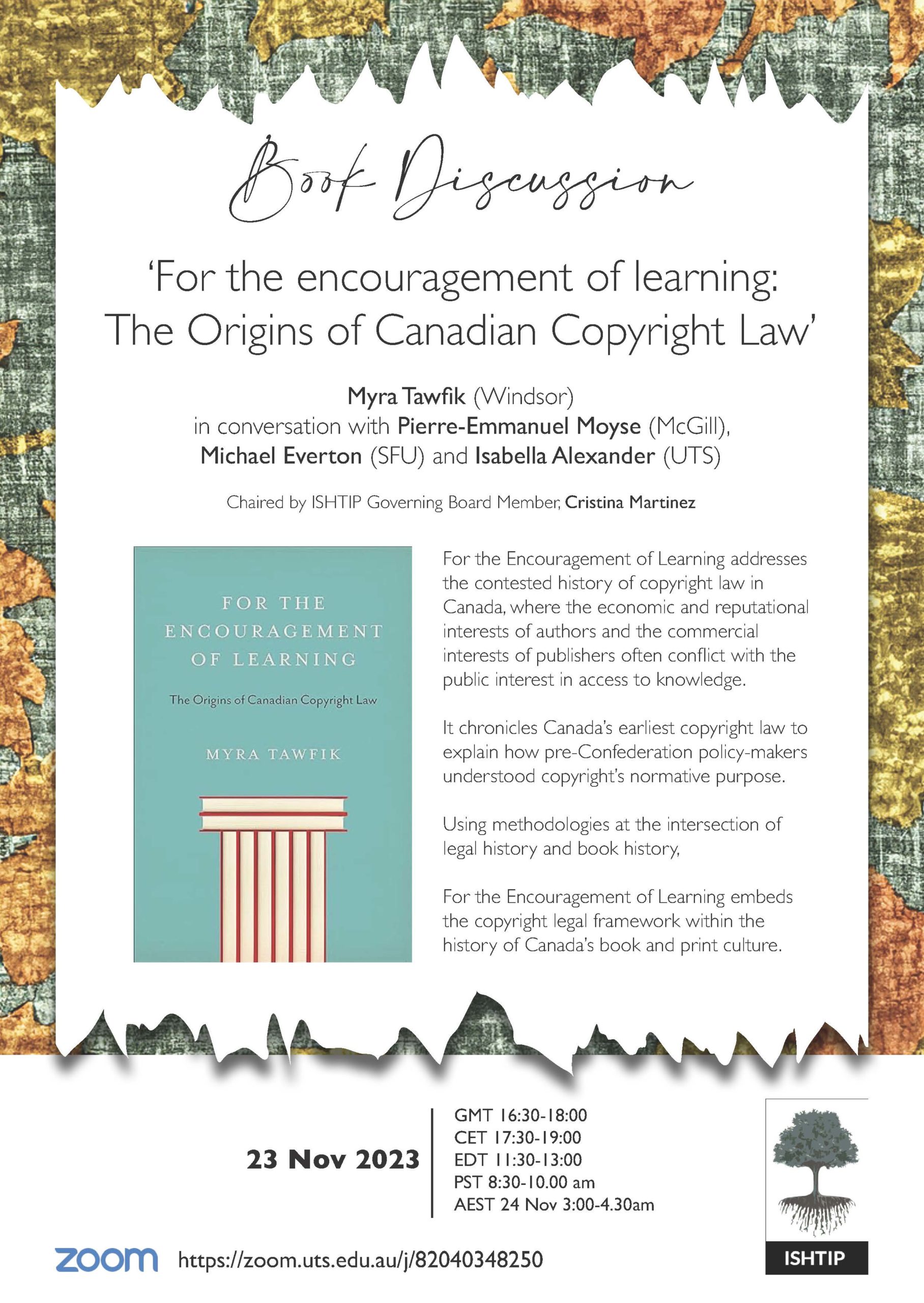Stavroula Karapapa & Maurizio Borghi,
“Invisible Geographies: Copyright and the Unexplored Land of Non-Display Uses”
In this paper, we review the concept of “use” in copyright law. With the advent of mass digitisation projects, such as the Google Book Search, a peculiar shift has occurred in the way that digital copies are dealt with. While technology has so far mainly affected the way by which works are reproduced and distributed, mass digitisation purely affects the way by which the works are used. Works are turned into machine-readable data and are automatically processed without them being displayed to the public. In the Google Book Settlement Agreement, this new kind of use is referred to as “non-display uses” of digital works. In our view, these uses define a new, invisible territory in the conceptual geography of copyright; they occupy a space that challenges the traditional contours of the copyright doctrine since they are neither private nor public: they do neither belong to the “public sphere” of exploiting works, nor to the “private sphere” where the use of works may be realised. The paper aims to provide some guidance in defining the legal boundaries of this unexplored territory. To this end, we argue that neither positive law nor utilitarian arguments provide any guidance. Answers, however, may be sought at the level of rights. We therefore examine mass digitisation under the prism of copyright principles as rooted in personality rights and this enables an analogy to be made with data protection law. Sensitive data and works as data share analogies which are worth exploring. The principles applicable in data protection will eventually help in identifying which uses fall within the scope of author’s rights – irrespective of whether they involve the display of the work or not – and those which may be legitimately left outside the author’s control.





